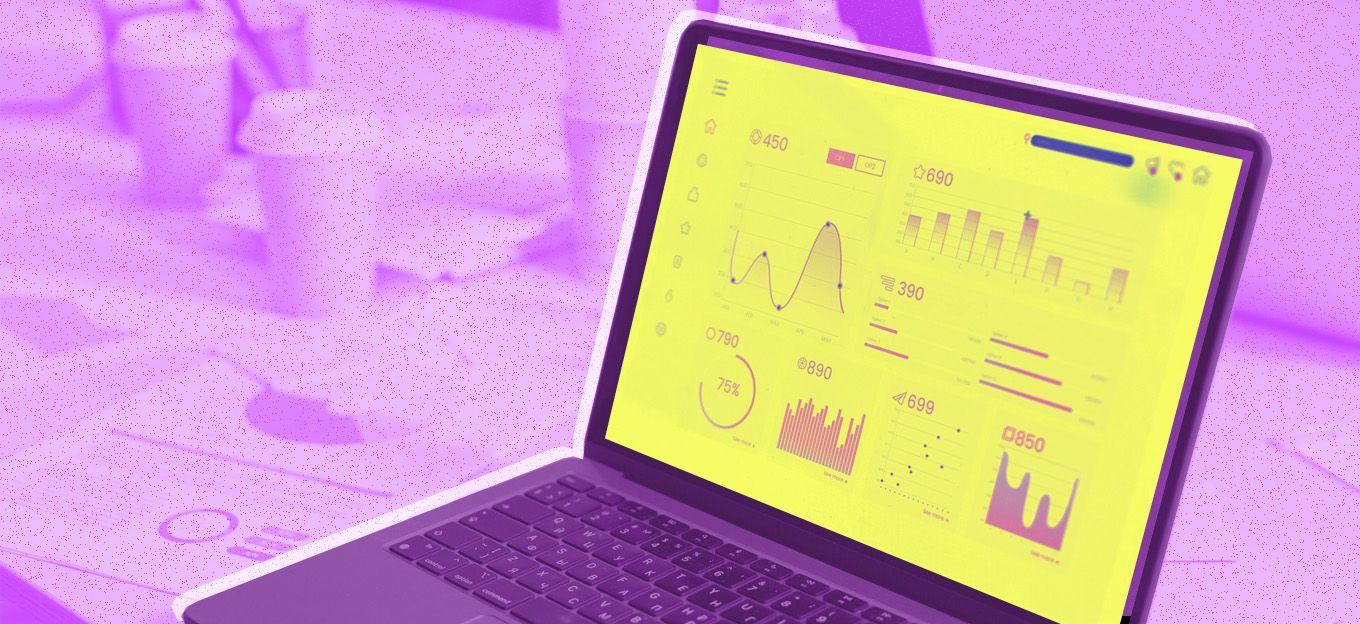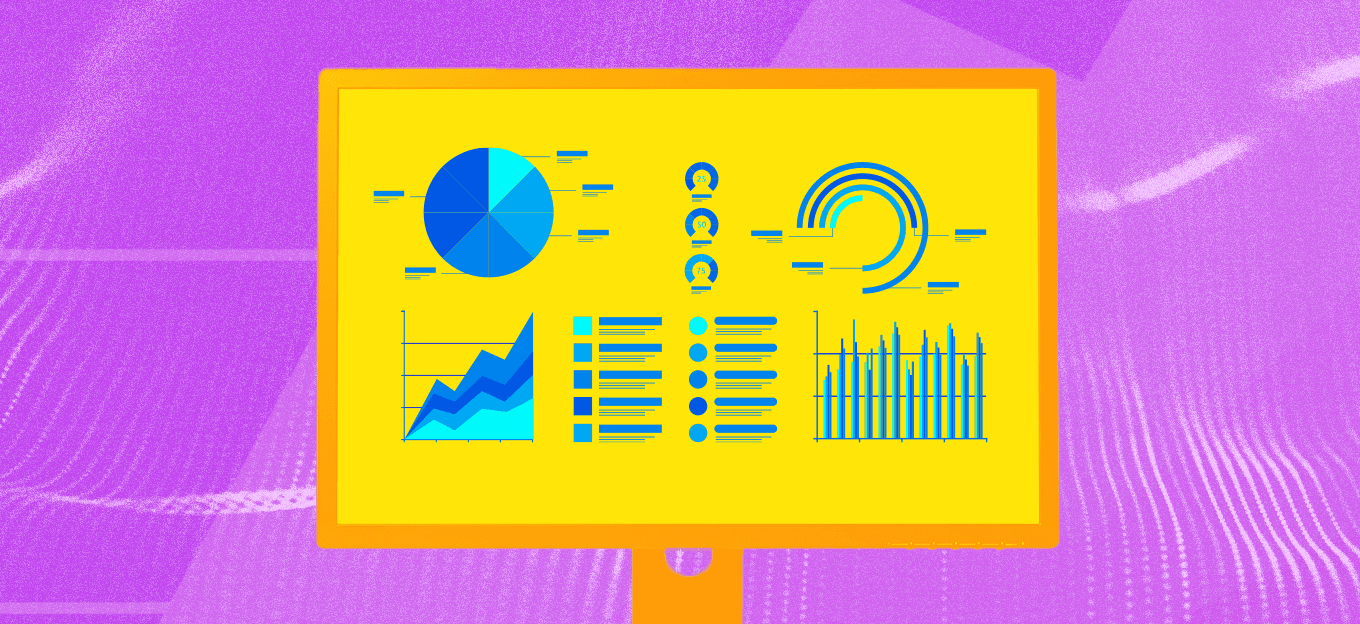How IoT and AI Drive Cashierless Retail
How IoT and AI Drive Cashierless Retail
- Last Updated: December 2, 2024
MobiDev
- Last Updated: December 2, 2024



The opening of the Amazon Go store was a monumental shift in the way we shop. For the first time, we saw what it looked like for a store to be entirely driven by technologies. We have also seen this concept of cashierless store technology in action through self-checkout kiosks at places like Walmart and other retail stores around the world.
The entire retail industry is shifting to a model where cashiers are no longer needed. While these solutions are complicated to implement, they are still within reach for most retail companies. With artificial intelligence and the Internet of Things at the forefront, retail businesses can experience a huge transformation leading to a whole new standard of shopping.
'With artificial intelligence and the Internet of Things at the forefront, retail businesses can experience a huge transformation leading to a whole new standard of shopping.' - MobiDev
Understanding Cashierless Technology
A cashierless store is a checkout-free store that allows customers to walk in, shop and leave without waiting in line to pay at checkout. A combination of artificial intelligence software and IoT sensors and devices makes this process totally automated. The use of AI-based cameras in retail is not new. Similar technologies are used, for example, for fraud and theft detection. But in the cashierless store concept, leveraging the power of artificial intelligence goes much further.
Cashierless technology requires IoT devices working together with computer vision software to create a safe, efficient, and easy-to-use store. This combination allows customers to seamlessly walk in, get whatever they want, and walk out without any issues. It seems like a wonderful future of retail where almost no human interaction is needed when making purchases. Behind the scenes, technology is working overtime to ensure that every transaction is recorded and nothing gets stolen.
In the post-pandemic world, AI-powered checkouts in retail have become more relevant than ever before. Many people are less willing to go to overcrowded areas and put their health at risk. We are reaching a threshold where it will be more affordable to use cashierless technology instead of humans. The push towards digitalization is also changing how people look at retail shopping. Smartphones are ubiquitous, and there shouldn't be any problems using one to shop offline. According to Statista, there will be around 10,000 stores that offer autonomous checkouts worldwide by 2024, up from the 350 that opened in 2018.
How Does a Cashierless Store Work?
While it sounds like a mystery, a cashierless store is quite simple on a conceptual level. It involves the same process that you would go through with online shopping, with the only difference being that you leave with real products. The cashierless technology leverages the power of computer vision, deep learning, IoT, and Big Data analytics to enable a human-free shopping experience.
The Setup Process
First of all, retail stores need advanced entry detection technology to start the buying process when the customer comes to the store. Since everything is digitized, retail stores must have dedicated customer profiles with a credit card already on file. This allows retailers to make the process as seamless and secure as possible.
For example, to start shopping at Amazon Go, you need a mobile app to scan a QR code at the entrance. At select Amazon Go locations, buyers can enter using a credit card or Amazon One.
Camera Tracking
The next phase involves cameras and sensors tracking your every move inside the store. These cameras use advanced AI algorithms to detect your face and what you are doing. The sensors can track when you pick something up off the shelf and put it in your physical cart. When those events happen, the virtual cart is updated with whatever you added.
Computer Vision
At the heart of cashierless stores are computer vision and deep learning algorithms, including object detection, face recognition, pose estimation, and human activity detection. This branch of computer science has to do with using mathematical algorithms to detect physical objects.
Computer vision technology is used to detect your face and track what you do throughout the store. Pose estimation allows the computer to analyze movements and customers' behaviors in real-time. This is one of the primary ways retail outlets can ensure that things are secure. This technology can also guarantee that the correct person is using the credentials associated with the account.
Carts With Scales
The real cart you use in a cashierless store can be enabled with scales to weigh things that are bought and sold by weight. It makes the buying process seamless. You no longer need to worry about weighing things on the scale before going to the checkout aisle.
Caper was the first to introduce AI-powered weight-sensitive shopping carts with sensors and screens that can identify purchases. The shopping cart also relies on deep learning algorithms to improve the accuracy rate with every usage.
Walk Out When Done
The best part about a cashierless type of store is the ability to walk out with things in your cart. The system utilizes a combination of sensors and cameras to detect when people go out. Since the store knows what you put into your cart, all it has to do is to charge you for the things you bought. Payment is automatically debited from the buyer's account linked to the application and you receive a notification and receipt.
The Role of AI and IoT in Retail
The retail industry is increasingly driven by IoT and artificial intelligence. From robotic process automation, virtual try-on solutions to conversation intelligence systems that analyze sales conversation recordings and demand forecasting, AI is opening up new growth paths for retailers.
At the heart of cashierless retail is a combination of IoT and AI. This enables a fantastic real-time experience that provides the best of online and offline shopping. In an analogy to the human body, AI would be the brain and IoT would be the body – the body and brain must work seamlessly to detect everything that is going on. In the context of cashierless retail, IoT devices serve as physical sensors to detect certain events.
For example, when you pick up an item from the shelf, you are causing an event – the AI software then responds to the event and does something in reaction. That action is usually putting whatever you picked up into your virtual cart. IoT devices are there to sense whatever is going on. The software gets that information and makes decisions based on it.
Being one of the main retail industry trends, the union of IoT and AI offers complete automation of retail outlets. Therefore, with the development and wider adoption of these technologies, the number of checkout-free stores will also increase. If this concept already looks affordable in most cases for large players, then very soon it may become a ubiquitous solution for retailers.
Final Thoughts
Cashierless store technology streamlines the entire shopping process. With autonomous checkouts, shopping is faster and more convenient. Retailers also have access to a lot of data, and with AI they can use it to make accurate predictions about customer behavior and create more personalized and relevant offers. Buyers have a more effortless experience – all they have to do is pick up what they want and leave. It has never been simpler for people to shop.
The combination of artificial intelligence, machine learning, and IoT devices is driving a new shopping format. These tools have matured to a level where cashierless technology is within reach for most store owners. The only thing they need is experienced technology partners to help them combine complex technologies into an efficient and seamless system.
The Most Comprehensive IoT Newsletter for Enterprises
Showcasing the highest-quality content, resources, news, and insights from the world of the Internet of Things. Subscribe to remain informed and up-to-date.
New Podcast Episode

IoT and AI in 2026
Related Articles




